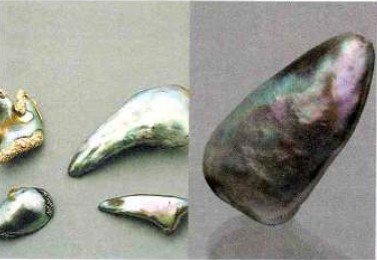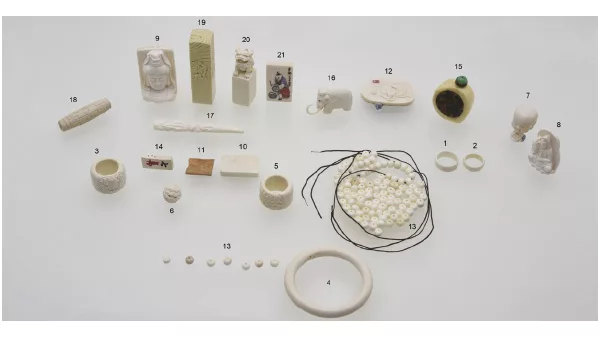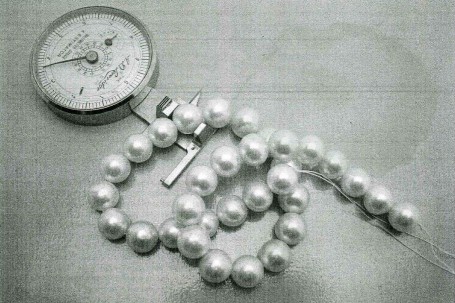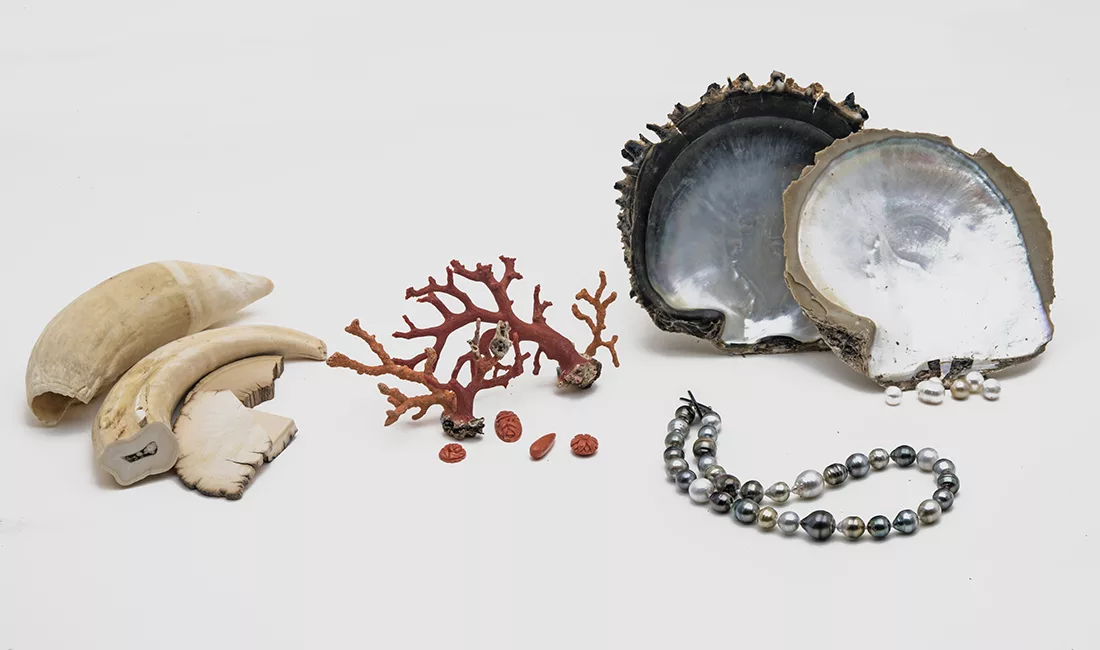
DNA Fingerprinting of Pearls, Corals and Ivory: Research Update
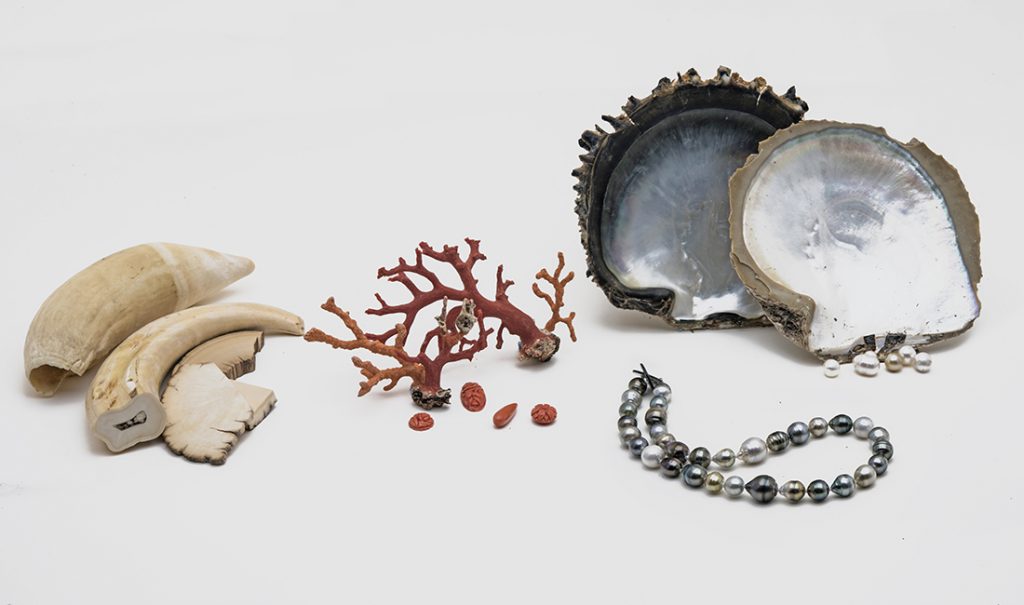
by Dr. L. E. Cartier, first published in Facette 25 (February 2019)
SSEF pioneered DNA fingerprinting of pearls in 2013, in collaboration with scientists from ETH Zürich. This was the first published report of oyster DNA extraction from a pearl, allowing us to trace and fingerprint pearls of unknown origin and match them to the specific oyster species in which they formed. This research breakthrough culminated in a publication in the international open access journal PLoS ONE (Meyer et al., 2013), and was widely reported by media such as the BBC.
We have continued our research in this direction, as it opens up numerous applications in the field of gemmological testing which we hope to provide as a client service in future years. In addition to refining methods for testing and fingerprinting pearls, these methods can be adapted and applied to precious coral and ivory samples too.
In the context of this project we partnered with the Institute of Legal Medicine at the University of Zürich in 2018, one of the leading forensic research facilities in Switzerland. The project is led there by Dr. Bertalan Lendvay and Nadja Morf; and by Dr. Laurent E. Cartier at SSEF. The aim of the project is to develop quasi non-destructive genetic analysis methods with forensic validation that have the potential to accurately and sensitively determine the origin of pearls and precious corals processed for jewellery. Such new methods will considerably enhance our scientific ability to further document the provenance of historic and modern pearls and coral items. Furthermore for corals, given that some species are listed by CITES (Convention on International Trade in Endangered Species of Wild Fauna and Flora), the developed methodology could contribute toward resource conservation efforts by offering full disclosure of species origin through scientific testing.
What is DNA?
Deoxyribonucleic acid (DNA) contains all the information an organism needs to develop, live and reproduce. It is formed by the four nucleobases (or ‘bases’) adenine (A), cytosine (C), guanine (G) and thymidine (T). The order of the bases (e.g. ATCGGTT…) codifies the specific instructions for any living organism. As pearls, corals and ivory are formed by living organisms and cells, they are in contact with host cells and thus DNA during their formation. Fortunately, negatively charged DNA molecules are known to have a high affinity for the Ca2+ ions of CaCO3, which enhances the conservation potential of DNA in pearls and precious corals as both consist of calcium carbonate. Variations in the genetic code of different pearl and coral producing species can allow us to separate them on the basis of the recovered DNA.
DNA in natural and cultured pearls
Natural pearls form in wild molluscs without any assistance, whereas cultured pearls are the result of human intervention on cultivated pearlproducing molluscs. Pearls and their shells consist of secretions of different polymorphs of calcium carbonate (CaCO3) such as aragonite, calcite and vaterite. The nacreous part of a pearl consists of approximately 92% CaCO3, 4% organic matter, 4% water and minute amounts of residual substances. The organic matter (consisting mostly of conchioline and porphyrines), which is also secreted by the pearl sac, serves as a framework for the CaCO3 matrix (Figure 2) during the biomineralisation process. Organic matter can also be found in concentrated pockets (e.g. cavities). Both are likely sources of minute amounts (nano-grams) of oyster DNA that can be recovered in natural and cultured pearls.
To minimize the potential loss in pearl value that would result from damaging the pearl to obtain sufficient material for a DNA test, we developed a micro-drilling methodology requiring as little as 10 mg of recovered drill powder. This methodology was published in PlosOne in 2013 demonstrating successful identification of cultured pearls from Pinctada margaritifera, Pinctada maxima and Pinctada radiata using DNA fingerprinting. The same method works for natural pearls.
Although species identification may be possible for pearls of different colours (that have characteristic pigments that give the pearl its colour) using scientific instruments available at SSEF such as UV-visible photospectrometry and micro-Raman spectroscopy, this may not always be conclusive. Furthermore, it is rarely possible to conclusively determine the species of white to slightly cream coloured pearls (e.g. Figure 3) using current methods. This explains why it has been SSEF’s policy not to state the pearl oyster species on a pearl report, until a sufficiently precise method can be developed to ascertain this information.

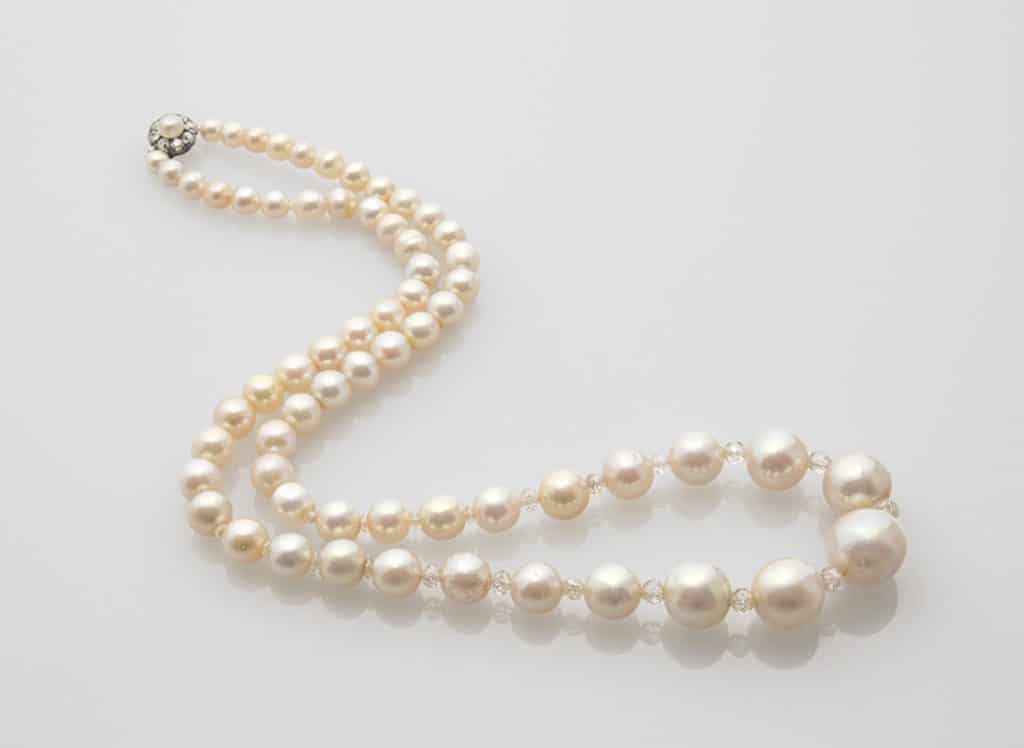
Coral species determination
Precious corals used in jewellery and objets d’art represent the coral skeleton (secreted by living polyps), which consists of CaCO3 as well as protein, glycosamino-glycans and proteoglycans. As in pearls, minute amounts of DNA have been found by our research team in precious corals. This DNA can be extracted using methods we have developed and used to determine which species or species group the precious coral is from. At present, there is no other conclusive way of determining the genetic species from which a precious coral piece in jewellery unless there are clear visual characteristics. The most common types of precious corals used in jewellery include (Figure 4):
• Corallium rubrum (Mediterranean/ Sardinian coral)
• Corallium elatius (including angel skin coral)
• Corallium japonicum (including oxblood coral)
• Corallium konojoi (white coral)
• Corallium secundum (including Midway coral)
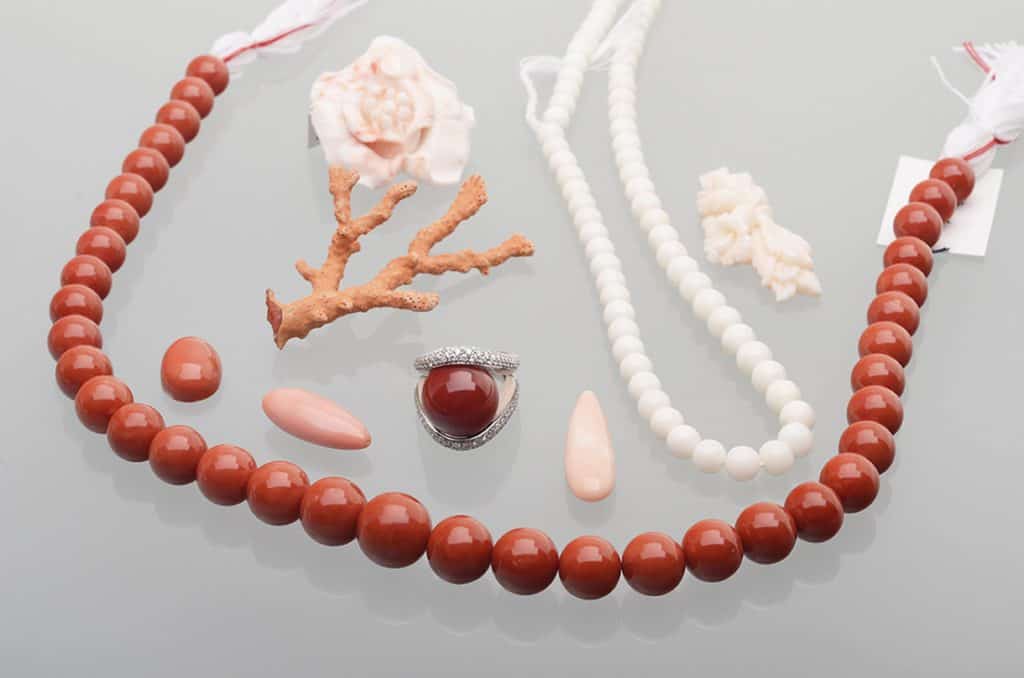
Outlook
The ability to trace pearls, precious corals and ivory back to their speciesrelated and geographic origins can provide greater transparency and help curb trade in illegal materials (and thus restrict poaching and smuggling) and provide further information to document historic items.
Ongoing research and specifically next-generation sequencing (NGS) enables the screening of a large number of DNA sequences from smaller samples at lower costs, subsequently reducing the amount of sample material required. DNA fingerprinting is, therefore, becoming less destructive and more useful for gem materials such as pearls, precious corals and ivory. DNA fingerprinting as a tool in gemmology further illustrates the importance of multidisciplinary research collaborations (in this case, with marine biology and genetics scientists) to develop new gem-testing techniques for the 21st century.
Further reading:
DNA Fingerprinting of Pearls, Corals and Ivory: A Brief Review of Applications in Gemmology. Published in Journal of Gemmology, 2018, 36, 2, 152-160. Link to article.
DNA fingerprinting: an effective tool for taxonomic identification of precious corals in jewelry. Published in Scientific Reports, 10(1), 1-12. Link to article.
Want to learn more about pearls?
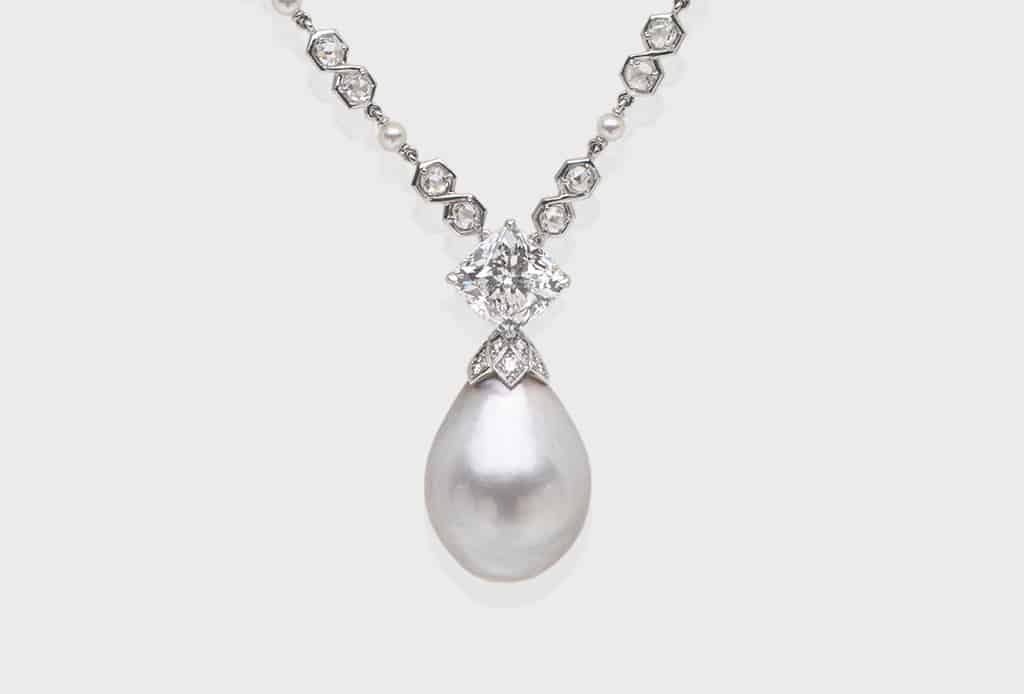
Sign up for our free online course: Introduction to pearls
